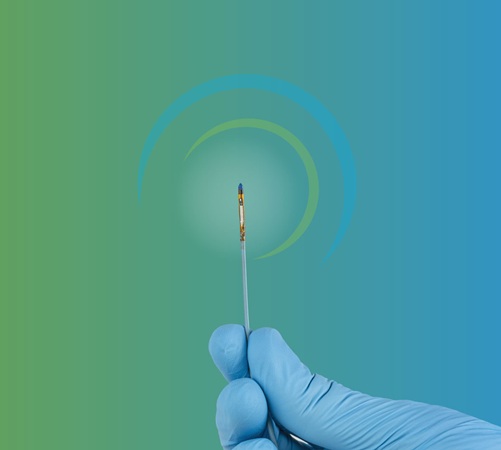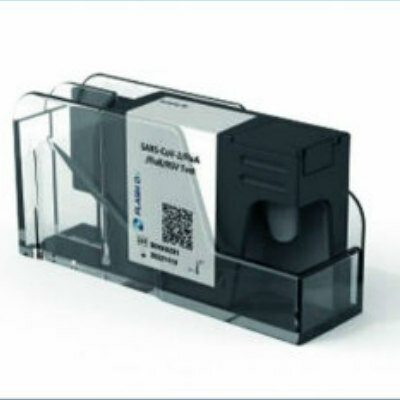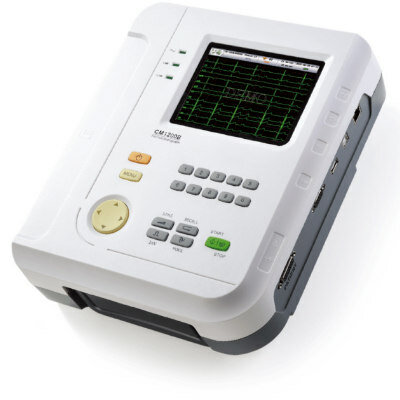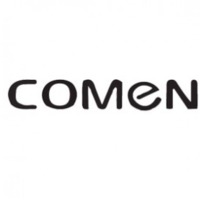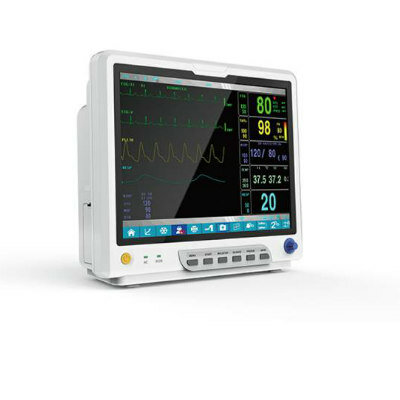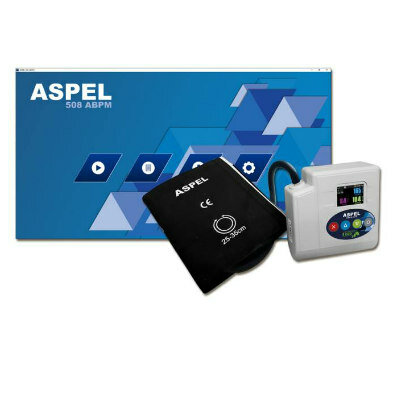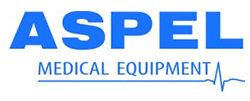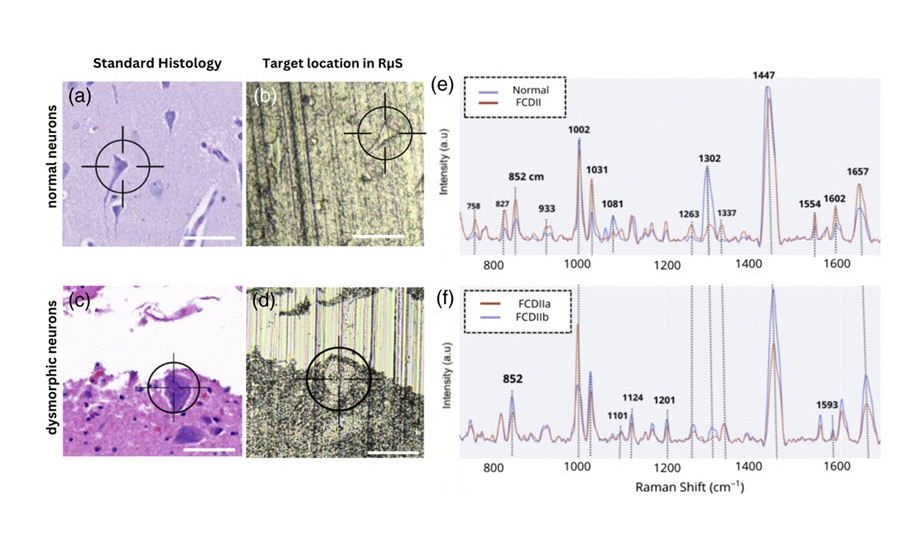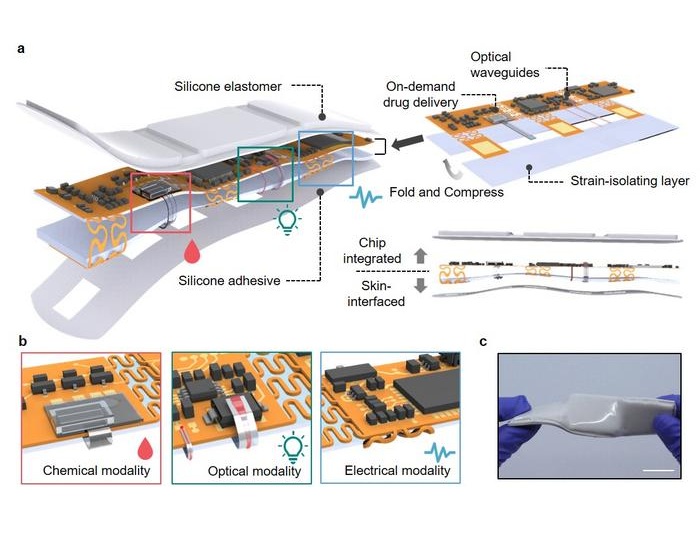Swallowable Balloon Device Helps Detect Barrett's Esophagus
|
By HospiMedica International staff writers Posted on 05 Sep 2019 |
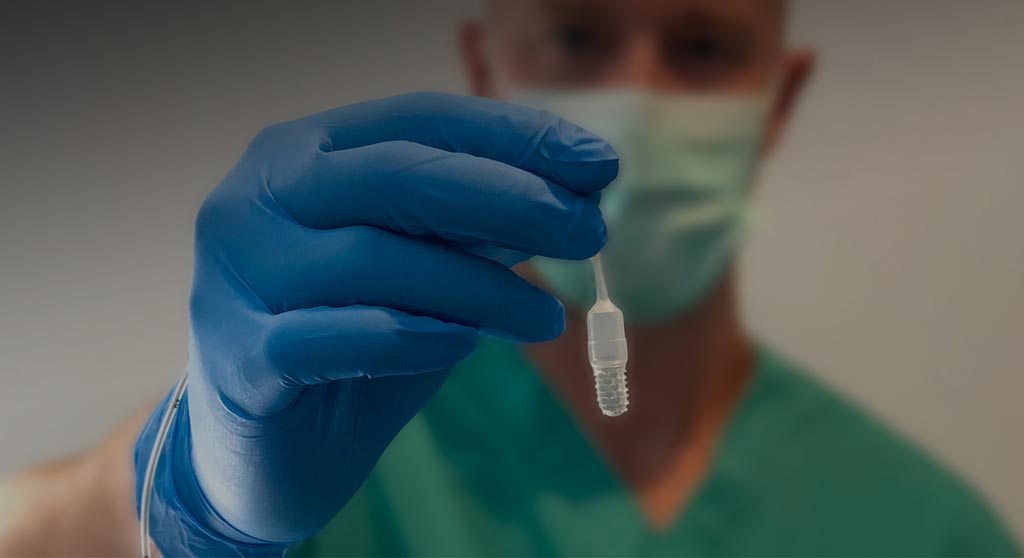
Image: The inflated EsoCheck Cell Collection Device (Photo courtesy of Lucid Diagnostics).
An ingestible balloon device samples tissues deep in the esophagus, aiding identification of Barrett's esophagus (BE) and esophageal cancers.
The Lucid Diagnostics (New York, NY, USA) EsoCheck Cell Collection Device is a non-invasive system designed to sample cells from targeted regions of the esophagus in a five-minute, office-based procedure, without the need for endoscopy. The patient first swallows a vitamin pill-sized capsule containing a small inflatable balloon attached to a thin catheter. The balloon is then inflated, exposing textured ridges. As the catheter is withdrawn, it swabs the target area for a sample of cells and protects it from contamination using patented Collect+Protect technology.
The sampled cells can then be subjected to any commercially available diagnostic test by extracting them from the balloon surface and running tests for aberrant DNA methylation. In a clinical trial involving 86 individuals who were tested using the swallowable EsoCheck Cell Collection Device, patients reported tolerating the balloon test well, with 82% reporting little to no anxiety, pain, or choking, 93% confirming they would repeat the procedure again, and 95% stating they would recommend the test to others.
“We believe EsoCheck presents many advantages over existing sponge-on-a-string esophageal cell collection devices. These devices have a capsule which must be digested in the stomach before it can be used to sample cells,” said Lishan Aklog, MD, executive chairman of Lucid, and Chairman and CEO of parent company PAVmed (New York, NY, USA; www.pavmed.com). “EsoCheck can begin sampling immediately upon insertion. More importantly, EsoCheck’s Collect+Protect technology allows it to perform a targeted sample of the lower esophagus, while spherical sponge-on-a-string devices sample cells from the entire esophagus, throat, and mouth, which dilutes and contaminates the lower esophageal cells.”
“I have spent my career seeking to improve the care of patients with gastroesophageal reflux disease and Barrett’s Esophagus and to prevent deaths from esophageal cancer. I have actively participated in the development of key advances in this field and am particularly excited that EsoCheck is now available in our armamentarium,” said Professor Nicholas Shaheen MD, MPH, chief of gastroenterology and hepatology at the University of North Carolina (UNC, Chapel Hill, USA). “EsoCheck’s unique ability to sample cells from a targeted area of the esophagus has the potential to save lives through the early detection of esophageal abnormalities.”
Barrett's esophagus refers to an abnormal change (metaplasia) in the cells of the lower portion of the esophagus, when the normal squamous epithelium lining is replaced by goblet cells, which are usually found lower in the gastroitestinal tract. The medical significance of BE is its strong association with esophageal adenocarcinoma, a particularly lethal form of cancer.
Related Links:
Lucid Diagnostics
The Lucid Diagnostics (New York, NY, USA) EsoCheck Cell Collection Device is a non-invasive system designed to sample cells from targeted regions of the esophagus in a five-minute, office-based procedure, without the need for endoscopy. The patient first swallows a vitamin pill-sized capsule containing a small inflatable balloon attached to a thin catheter. The balloon is then inflated, exposing textured ridges. As the catheter is withdrawn, it swabs the target area for a sample of cells and protects it from contamination using patented Collect+Protect technology.
The sampled cells can then be subjected to any commercially available diagnostic test by extracting them from the balloon surface and running tests for aberrant DNA methylation. In a clinical trial involving 86 individuals who were tested using the swallowable EsoCheck Cell Collection Device, patients reported tolerating the balloon test well, with 82% reporting little to no anxiety, pain, or choking, 93% confirming they would repeat the procedure again, and 95% stating they would recommend the test to others.
“We believe EsoCheck presents many advantages over existing sponge-on-a-string esophageal cell collection devices. These devices have a capsule which must be digested in the stomach before it can be used to sample cells,” said Lishan Aklog, MD, executive chairman of Lucid, and Chairman and CEO of parent company PAVmed (New York, NY, USA; www.pavmed.com). “EsoCheck can begin sampling immediately upon insertion. More importantly, EsoCheck’s Collect+Protect technology allows it to perform a targeted sample of the lower esophagus, while spherical sponge-on-a-string devices sample cells from the entire esophagus, throat, and mouth, which dilutes and contaminates the lower esophageal cells.”
“I have spent my career seeking to improve the care of patients with gastroesophageal reflux disease and Barrett’s Esophagus and to prevent deaths from esophageal cancer. I have actively participated in the development of key advances in this field and am particularly excited that EsoCheck is now available in our armamentarium,” said Professor Nicholas Shaheen MD, MPH, chief of gastroenterology and hepatology at the University of North Carolina (UNC, Chapel Hill, USA). “EsoCheck’s unique ability to sample cells from a targeted area of the esophagus has the potential to save lives through the early detection of esophageal abnormalities.”
Barrett's esophagus refers to an abnormal change (metaplasia) in the cells of the lower portion of the esophagus, when the normal squamous epithelium lining is replaced by goblet cells, which are usually found lower in the gastroitestinal tract. The medical significance of BE is its strong association with esophageal adenocarcinoma, a particularly lethal form of cancer.
Related Links:
Lucid Diagnostics
Latest Critical Care News
- Novel Coating Significantly Extends Longevity of Implantable Biosensors
- Nanogel-Based Drug Delivery Technology to Improve UTI Treatment
- New IV Pole Improves Safety and Ease of Administering IV Medications at Hospital Bedside
- Battery-Powered Wearable Device Monitors Joint Pain

- Wireless Pacifier Monitors Vitals of NICU Babies Without Need for Painful Blood Draws
- Breakthrough Sensor Technology Tracks Stroke After Effects
- New Study Demonstrates AI-Assisted Detection of Reduced Ejection Fraction
- Novel 3D Adipose Tissue Bioprinting Method to Find Applications in Regenerative Medicine
- Miniaturized Pacemaker for Newborns Found Safe and Effective for Up to Two Years
- World’s First 3D Neural Electrode Uses Soft Actuation Technology to Avoid Nerve Damage
- Smartwatch Algorithm Detects Cardiac Arrest

- Blood-Brain Barrier “Organ Chip” Treats Brain Tumors Unreachable by Chemotherapy
- AI Model Could Use ECG Tests to Detect Premature Aging and Cognitive Decline
- World-First Technology Uses Real-Time ECG Signal Analysis for Accurate CVAD Placement

- AI Outperforms Humans at Analyzing Long-Term ECG Recordings
- Smart Sensor Enables Precise, Self-Powered Tracking of Healing Wounds
Channels
Artificial Intelligence
view channel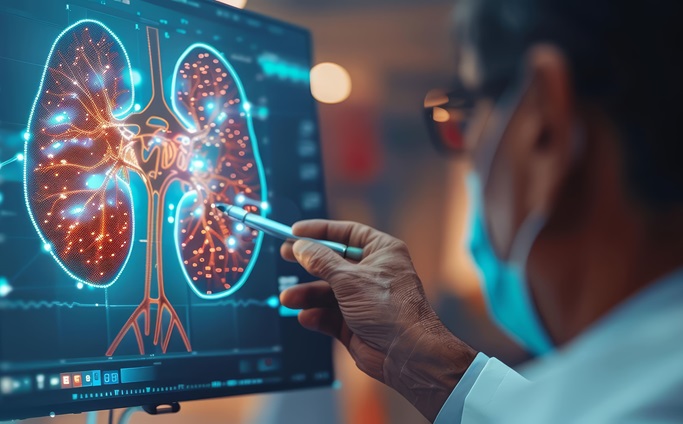
Innovative Risk Score Predicts Heart Attack or Stroke in Kidney Transplant Candidates
Heart researchers have utilized an innovative risk assessment score to accurately predict whether patients being evaluated for kidney transplants are at risk for future major cardiac events, such as a... Read more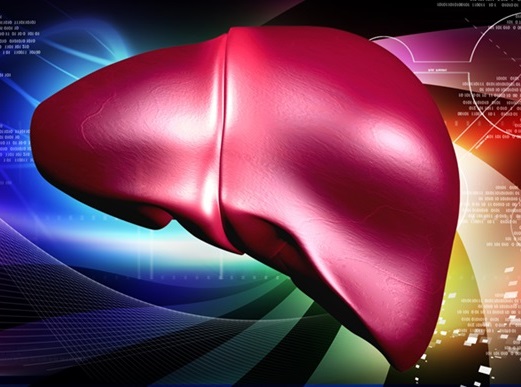
AI Algorithm Detects Early-Stage Metabolic-Associated Steatotic Liver Disease Using EHRs
Liver disease, which is treatable when detected early, often goes unnoticed until it reaches advanced stages. Metabolic-associated steatotic liver disease (MASLD), the most prevalent form of liver disease,... Read moreSurgical Techniques
view channel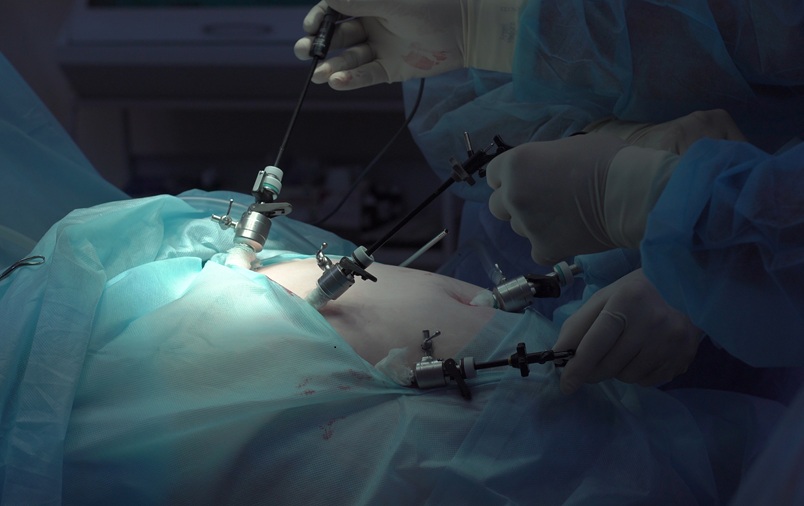
Easy-To-Apply Gel Could Prevent Formation of Post-Surgical Abdominal Adhesions
Surgical adhesions are a frequent and often life-threatening complication following open or laparoscopic abdominal surgery. These adhesions develop in the weeks following surgery as the body heals.... Read more
Groundbreaking Leadless Pacemaker to Prevent Invasive Surgeries for Children
Leadless pacemakers marked a significant advancement in cardiac care, primarily because traditional pacemakers are dependent on leads, which are prone to breakage over time. Currently, two FDA-approved... Read morePatient Care
view channel
Portable Biosensor Platform to Reduce Hospital-Acquired Infections
Approximately 4 million patients in the European Union acquire healthcare-associated infections (HAIs) or nosocomial infections each year, with around 37,000 deaths directly resulting from these infections,... Read moreFirst-Of-Its-Kind Portable Germicidal Light Technology Disinfects High-Touch Clinical Surfaces in Seconds
Reducing healthcare-acquired infections (HAIs) remains a pressing issue within global healthcare systems. In the United States alone, 1.7 million patients contract HAIs annually, leading to approximately... Read more
Surgical Capacity Optimization Solution Helps Hospitals Boost OR Utilization
An innovative solution has the capability to transform surgical capacity utilization by targeting the root cause of surgical block time inefficiencies. Fujitsu Limited’s (Tokyo, Japan) Surgical Capacity... Read more
Game-Changing Innovation in Surgical Instrument Sterilization Significantly Improves OR Throughput
A groundbreaking innovation enables hospitals to significantly improve instrument processing time and throughput in operating rooms (ORs) and sterile processing departments. Turbett Surgical, Inc.... Read moreHealth IT
view channel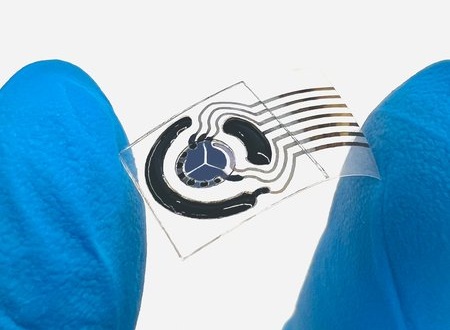
Printable Molecule-Selective Nanoparticles Enable Mass Production of Wearable Biosensors
The future of medicine is likely to focus on the personalization of healthcare—understanding exactly what an individual requires and delivering the appropriate combination of nutrients, metabolites, and... Read more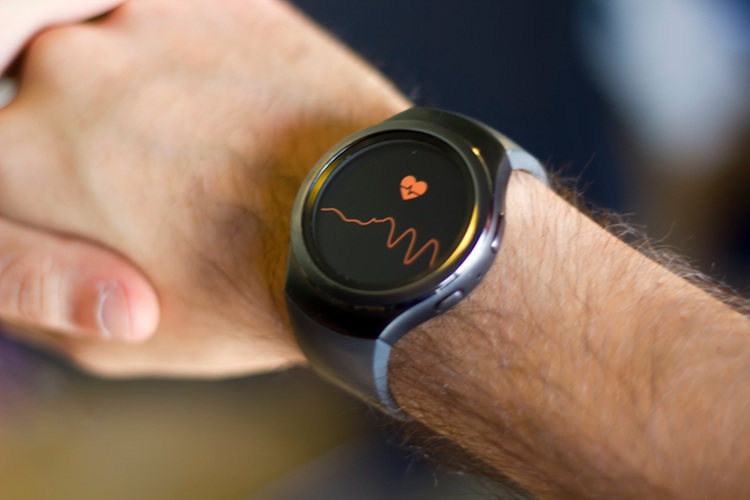
Smartwatches Could Detect Congestive Heart Failure
Diagnosing congestive heart failure (CHF) typically requires expensive and time-consuming imaging techniques like echocardiography, also known as cardiac ultrasound. Previously, detecting CHF by analyzing... Read morePoint of Care
view channel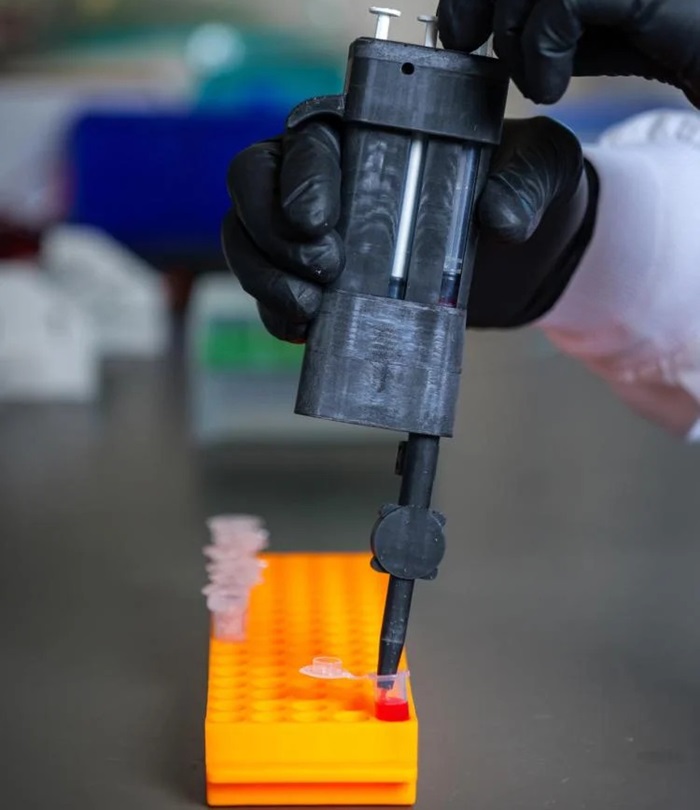
Handheld, Sound-Based Diagnostic System Delivers Bedside Blood Test Results in An Hour
Patients who go to a doctor for a blood test often have to contend with a needle and syringe, followed by a long wait—sometimes hours or even days—for lab results. Scientists have been working hard to... Read more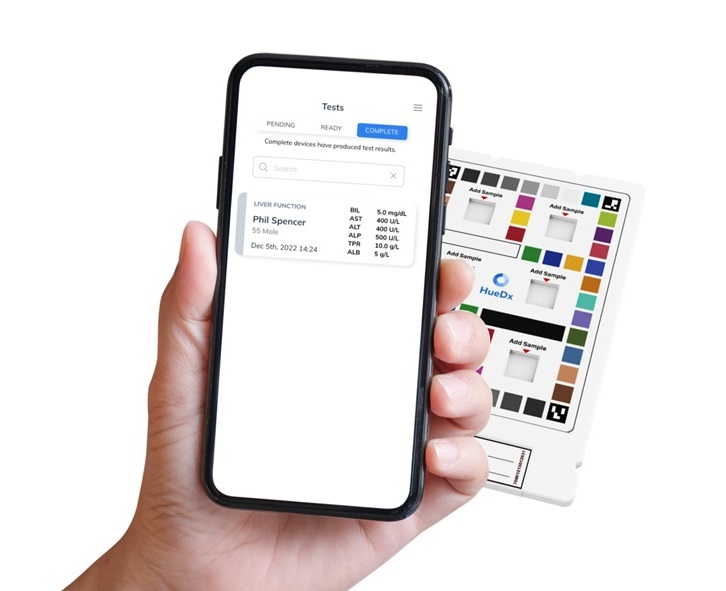
Smartphone-Enabled, Paper-Based Quantitative Diagnostic Platform Transforms POC Testing
Point-of-care diagnostics are crucial for public health, offering rapid, on-site testing that enables prompt diagnosis and treatment. This is especially valuable in remote or underserved regions where... Read moreBusiness
view channel
Becton Dickinson to Spin Out Biosciences and Diagnostic Solutions Business
Becton, Dickinson and Company (BD, Franklin Lakes, NJ, USA), has announced that its board of directors has unanimously authorized BD management to pursue a plan to separate BD's Biosciences and Diagnostic... Read more